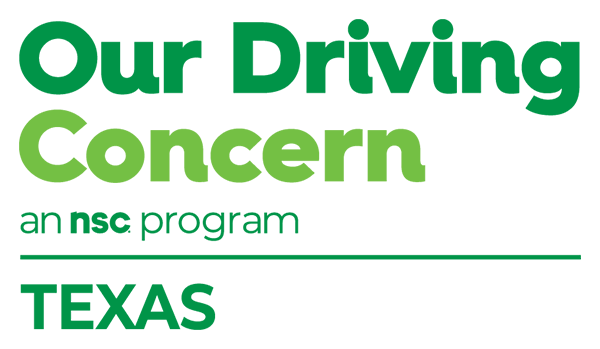Safety Coach
Opt in for Safety
Drivers can be distracted in a number of ways. You see them on the road every day snacking on a bag of chips or gulping down a soft drink, brushing hair or applying makeup, reaching for the touchscreen and setting a new destination on their in-vehicle GPS.
But Smartphones continue to be one of the biggest drivers of distraction, due in part to people feeling a need to respond to calls or text notifications when behind the wheel. On Thursday, Oct. 19, you can help raise awareness of safety risks by participating in the second annual National Do Not Disturb While Driving Day.
Point your colleagues to these links and be sure they know how to use lifesaving smartphone “Do Not Disturb” settings while driving. These step-by-step instructions are intended to help everyone focus on the road:
Most smartphone operating systems require users to opt in and adjust their personal settings. For some, this can be difficult. The result is lack of awareness and low use rates. In fact, research shows only one in five Apple iPhone users have “Do Not Disturb” set to turn on by default, according to the National Distracted Driving Coalition.
The Coalition offers a free Do Not Disturb While Driving Day Media Kit that includes video tutorials, social media graphics, a proclamation template and safe driving talking points, all designed to help you promote distraction-free driving. Download the kit from Dropbox here:
Or use these free resources to boost your efforts and keep everyone focused on the road ahead:
- Posters to download and display
- One-minute Driver Behavior Safety Series videos, available in English and Spanish
- Driver safety games, including Distraction Action
Finally, visit the National Safety Council website and learn why multitasking technology is about convenience, not safety:
In 2022, distraction in vehicles contributed to 12,493 crashes in Texas, according to the Texas Department of Transportation. That’s more than 34 crashes every day.
For your own safety and the safety of others, keep your eyes on the road, hands on the wheel and your mind focused on the task at hand – driving. The two words to remember? Just drive.

Tailgate Talk
Safety Watch
At 2 a.m. on Sunday, Nov. 5, Daylight Saving Time ends. We set our clocks back one hour and fall back. Let’s take the opportunity to push forward on our safety journey. Start with a discussion about circadian rhythm, the 24-hour internal clock that regulates our cycles of alertness and sleepiness by responding to light changes in our environment.
Recognize this: More people will be driving during hours of darkness every day, especially in the early morning, late afternoon and early evening commute periods. Some people – particularly as they age – may have trouble clearly reading road signs or judging speed and distance when driving in the dark. Your open enrollment window for health insurance is a good time to talk about your benefits package and point employees to proactive safety measures:
- Schedule an eye exam.
- Take advantage sleep-disorder assistance, and get treatment for conditions such as sleep apnea.
Fatigued driving has been compared to alcohol-impaired driving because fatigue can impact your ability to react and respond in driving situations requiring quick thinking and fast reflexes. Use our free Traffic Safety Huddle sheet to lead a safety talk: Fatigued Driving.
Make sure everyone on your team understands the warning signs of being too tired to drive.
In Texas last year, drivers who were fatigued or asleep at the wheel contributed to 8,562 crashes, according to the Texas Department of Transportation. That’s more than 23 crashes every day. Fatigue also results in absenteeism and poor performance at work. In some instances, work requires us to override natural sleep patterns.
Research shows more than 43% of workers are sleep-deprived, according to the National Safety Council. Those most at risk work the night shift, long shifts or irregular shifts. Find out what fatigue is costing you; use the Fatigue Cost Calculator developed by NSC and the Brigham Health Sleep Matters Initiative.
Promote safe driving habits by tapping into our driver behavior micro e-learning modules. When your employees complete all five modules, including one that focuses on drowsy driving, and pass a final quiz they’ll receive a certificate of completion. Access these 5- to 7-minute online courses here:
Looking for another simple option? Print and display this safety poster: Not Your Dream Car.
Turn fall into a time to harvest safety solutions.

